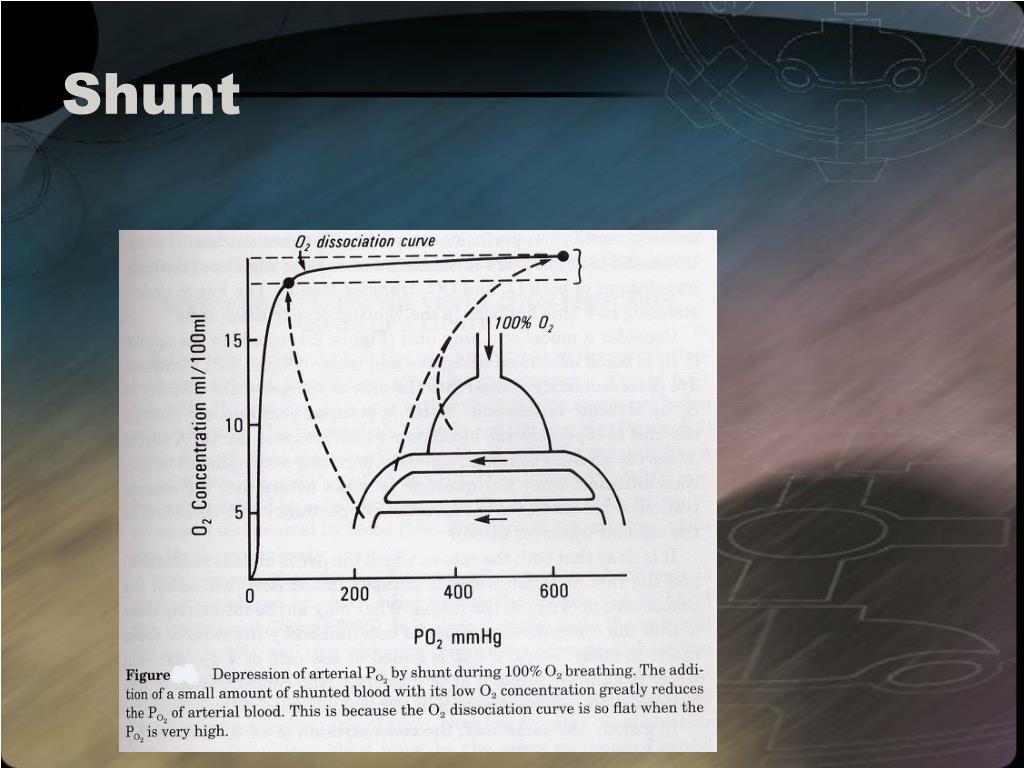
Stagnant hypoxia – P aO 2 and Hb concentration are normal, but circulatory failure means that tissue O 2 delivery is reduced. This is exemplified by severe anaemia and carbon monoxide poisoning (see Chapter 8). When P aO 2 falls below 8 kPa, there is a steep fall in the saturation of Hb (see Chapter 8, Figure 8.2), which reduces O 2-carrying capacity.Īnaemic hypoxia – P aO 2 is normal but O 2-carrying capacity is reduced. Hypoxaemic hypoxia – caused by low P aO 2. Hypoxia is therefore classified in terms of failure of one or more of the processes above: The following conditions must be fulfilled for cells to utilise O 2 for aerobic metabolism:Īdequate arterial O 2 tension ( P aO 2) – blood leaving the lungs must be adequately oxygenated.Īdequate O 2 -carrying capacity – blood must have an adequate haemoglobin (Hb) concentration.Īdequate cardiac output (CO) and arterial flow ensures that the O 2 carried by Hb reaches the tissues.Īdequate mitochondrial function – the cells must be able to use O 2 effectively for aerobic metabolism. This can result from either a failure of O 2 delivery or a failure of O 2 utilisation.

Hypoxaemia refers specifically to reduced P aO 2. Hypoxia refers specifically to the situation in which tissues are unable to undergo aerobic metabolism.


 0 kommentar(er)
0 kommentar(er)
